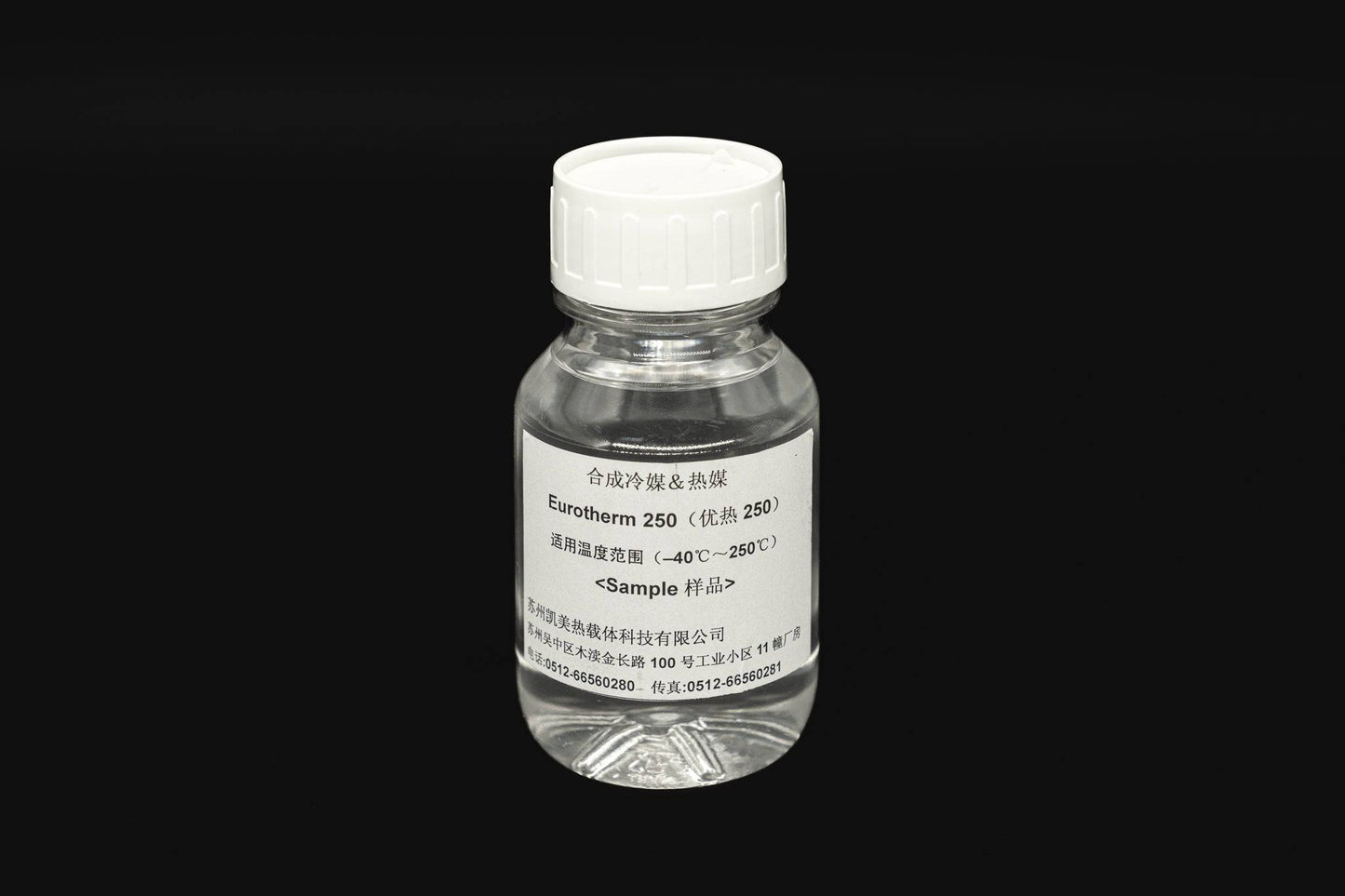Getting My Chemie To Work
Getting My Chemie To Work
Blog Article
The Main Principles Of Chemie
Table of Contents3 Simple Techniques For ChemieChemie Can Be Fun For Anyone7 Simple Techniques For ChemieFascination About ChemieChemie for DummiesChemie Things To Know Before You Get This
By Bojanna Shantheyanda, Sreya Dutta, Kevin Coscia and David SchiemerDynalene, Inc. Liquid air conditioning, which can be attained making use of indirect or direct means, is utilized in electronic devices applications having thermal power densities that might surpass secure dissipation via air cooling. Indirect fluid air conditioning is where heat dissipating digital parts are literally separated from the fluid coolant, whereas in situation of straight cooling, the components are in straight contact with the coolant.In indirect air conditioning applications the electric conductivity can be essential if there are leaks and/or spillage of the liquids onto the electronic devices. In the indirect air conditioning applications where water based fluids with deterioration inhibitors are typically made use of, the electric conductivity of the fluid coolant generally depends on the ion focus in the fluid stream.
The rise in the ion concentration in a closed loophole fluid stream might take place as a result of ion leaching from metals and nonmetal elements that the coolant fluid is in contact with. During procedure, the electrical conductivity of the fluid might boost to a level which could be harmful for the air conditioning system.
Excitement About Chemie
(https://chemie999.start.page)They are grain like polymers that can trading ions with ions in a solution that it is in call with. In today job, ion leaching examinations were carried out with various steels and polymers in both ultrapure deionized (DI) water, i.e. water which is dealt with to the highest degrees of purity, and low electrical conductive ethylene glycol/water combination, with the determined adjustment in conductivity reported in time.
The samples were allowed to equilibrate at room temperature for 2 days prior to videotaping the preliminary electrical conductivity. In all examinations reported in this study liquid electric conductivity was determined to an accuracy of 1% utilizing an Oakton CON 510/CON 6 collection meter which was calibrated prior to each dimension.
Not known Facts About Chemie
from the wall home heating coils to the center of the furnace. The PTFE example containers were positioned in the heater when constant state temperatures were reached. The examination setup was gotten rid of from the heater every 168 hours (seven days), cooled to room temperature level with the electrical conductivity of the liquid measured.
The electric conductivity of the liquid sample was checked for an overall of 5000 hours (208 days). Number 2. Schematic of the indirect closed loophole cooling down experiment set up - heat transfer fluid. Table 1. Parts used in the indirect closed loop cooling experiment that are in call with the fluid coolant. A schematic of the experimental arrangement is displayed in Figure 2.

Indicators on Chemie You Should Know
The change in liquid electric conductivity was monitored for 136 hours. The liquid from the system was gathered and saved.

0.1 g of Dowex resin was added to 100g of liquid samples that was absorbed a separate container. The mixture was mixed and alter in the electric conductivity at area temperature was determined every hour. The measured change in the electrical conductivity of the UP-H2O and EG-LC test fluids containing polymer or metal when involved for 5,000 hours at 80C is revealed Figure 3.
4 Easy Facts About Chemie Described
Number 3. Ion leaching experiment: Measured modification in electric conductivity of water and EG-LC coolants having either polymer or metal examples when submersed for 5,000 hours at 80C. The results suggest that metals added less ions right into the fluids than plastics in both UP-H2O and EG-LC based coolants. This could be as a result of a slim metal oxide layer which might act as a barrier to ion leaching and cationic diffusion.
Fluids having polypropylene and HDPE displayed the most affordable electric conductivity adjustments. This could be as a result of the short, inflexible, straight chains which are less most likely to contribute ions than longer branched chains with weak intermolecular pressures. Silicone additionally executed well in both test fluids, as polysiloxanes are typically chemically inert because of the high bond power of the silicon-oxygen bond which would protect against deterioration of the material into the liquid.
Some Known Facts About Chemie.
It would certainly be expected that PVC would create comparable outcomes to those of PTFE and HDPE based on the similar chemical frameworks of the products, nevertheless there may be other contaminations existing in the PVC, such as plasticizers, that may influence the electrical conductivity of the liquid - immersion cooling liquid. Additionally, chloride groups in PVC can also leach into the test liquid and can cause an increase in electrical conductivity
Polyurethane completely disintegrated into the examination liquid by the end of 5000 hour examination. Before and after pictures of steel and polymer examples submersed for 5,000 hours at 80C in the ion leaching experiment.
Measured modification in the electrical conductivity of UP-H2O coolant as a feature of time with and without material cartridge in the closed indirect air conditioning loophole experiment. The gauged adjustment in electric conductivity of the UP-H2O for 136 hours with and without ion exchange resin in the loop is displayed in Number 5.
Report this page